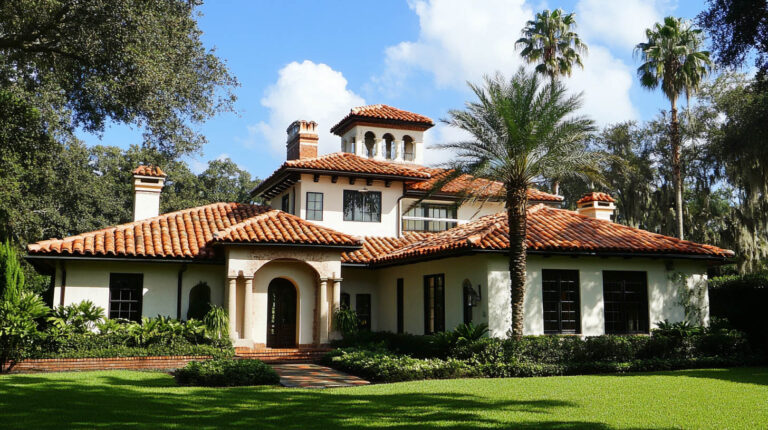
Blog
Roof Ventilation: Why It’s Essential for Your Home’s Health
Roof ventilation is a critical yet often overlooked aspect of home maintenance. Proper ventilation helps regulate temperature, prevent moisture buildup, and extend the lifespan of your roof. Without it, your home could suffer from mold, ice dams, and higher energy costs. In this article, we explore the importance of roof ventilation and how it contributes to a healthy home.
At Avenue Roofing, we provide expert guidance and solutions for ensuring your roof is properly ventilated to withstand the elements.

The Basics of Roof Ventilation
Roof ventilation works by creating a continuous flow of air through your attic. The system allows cool air to enter and warm, humid air to exit, ensuring a balanced exchange. The key is to have the right balance between intake and exhaust vents. Too few intake vents or too many exhaust vents can disrupt this balance, leading to ineffective ventilation.
Fact: Proper roof ventilation can extend your roof’s lifespan by up to 20%. This is because it prevents moisture and heat buildup, which are two major contributors to roof damage.
Extending Roof Lifespan
One of the primary benefits of proper roof ventilation is that it helps extend the lifespan of your roof. During hot weather, ventilation prevents heat from building up in the attic, which can cause shingles to deteriorate faster. In cold weather, it prevents the formation of ice dams, which can damage both shingles and eaves.
Reducing Energy Costs
Proper roof ventilation also reduces energy costs by regulating indoor temperatures. When warm air is allowed to escape through the roof, it prevents the attic from becoming a heat trap in the summer. This means your HVAC system doesn’t have to work as hard to cool your home, resulting in lower utility bills. During the winter, ventilation helps prevent heat from escaping into the attic and being trapped there, reducing the load on your heating system.
Preventing Moisture Damage
Without proper ventilation, moisture can accumulate in your attic, leading to mold, mildew, and rot. Moisture buildup weakens the structural integrity of your roof and can even damage insulation, further increasing energy costs. By ensuring your roof is well-ventilated, you can prevent these issues and maintain a dry, healthy home environment.
Common Problems Caused by Poor Ventilation
If your roof ventilation system is not functioning correctly, you may experience several issues, including:
- Ice dams during winter, leading to shingle and eave damage.
- Excessive attic heat in summer, causing shingles to crack or warp.
- Mold and mildew growth from trapped moisture.
- A shortened lifespan of roofing materials.
If you notice any of these signs, it’s essential to have a professional inspection. Avenue Roofing specializes in assessing and fixing ventilation issues to ensure your roof performs at its best year-round.
FAQs
How can I tell if my roof has ventilation problems?
Signs of poor ventilation include high attic temperatures, frequent ice dams, or visible mold and mildew in the attic.
Will proper roof ventilation reduce my energy bills?
Yes, proper ventilation helps regulate indoor temperatures, reducing the strain on your HVAC system and lowering energy costs.
What kind of vents do I need for proper roof ventilation?
Your home may require a mix of intake and exhaust vents to ensure proper airflow. Consult with a professional like Avenue Roofing to determine the best ventilation system for your roof.
Conclusion
Roof ventilation is essential for keeping your home healthy, protecting your roof, and reducing energy costs. By maintaining a proper ventilation system, you can prevent common roofing issues like moisture buildup, ice dams, and overheating, ensuring that your roof stays in great condition for years to come. Schedule a consultation with Avenue Roofing to learn how you can optimize your roof’s ventilation system today.
To learn more about how heat blisters can damage your roof, click here.



